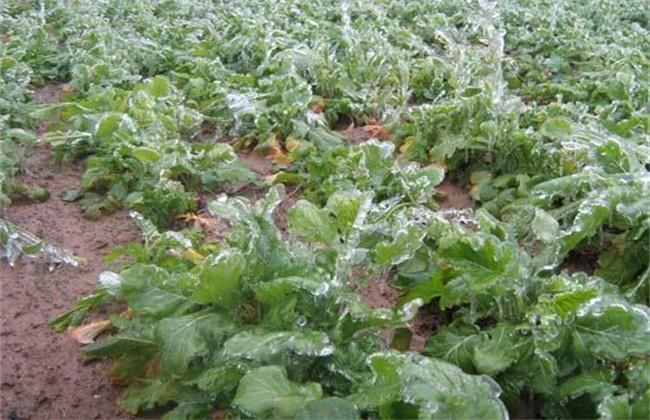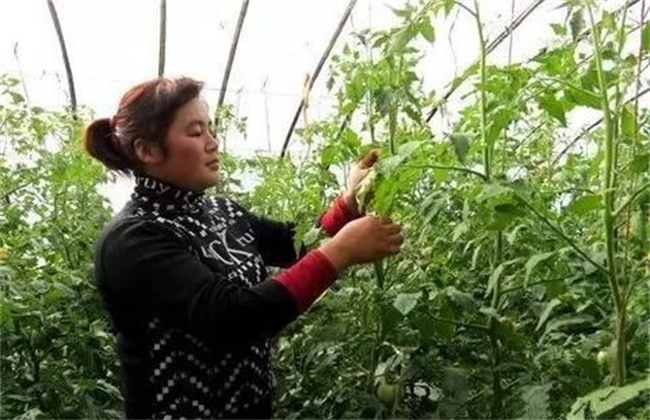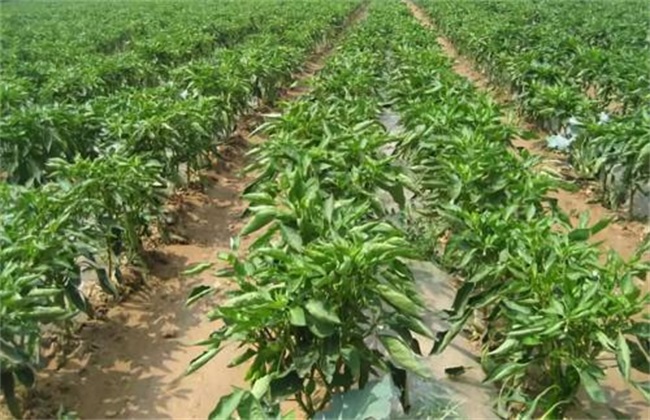Prevention and control measures of late spring cold in vegetables
Late spring cold is a special climate in spring, crops often suffer from freezing damage, this climate is extremely disadvantageous to agricultural production, if not timely prevention, it is very easy to lead to crop freezing. So how can vegetables prevent the cold in late spring? Come and have a look with the editor.

1. Victimization in seedling stage
When the seedlings are damaged, the cotyledons are often harmed. When the cotyledons lose green, they can still grow normally when the temperature recovers. When the true leaves are injured, the edges of the leaves will appear dark green, and then slowly dry up. When the growing point is damaged, the terminal bud will be frozen, and new leaves will not grow at this time, which will lead to a great extension of slow seedlings of vegetables. If the damaged plants cannot recover in time when the temperature picks up, then the seedlings need to be replenished.
Countermeasures: cultivate strong seedlings, preferably low-temperature seedlings, which can effectively improve the freezing resistance of vegetables, even if the late spring cold occurs, it can also minimize the impact of low temperature on seedlings.
2. Victimization in the adult stage
It often shows that the edge is dry, the plant is dispirited, the young leaves will lose green and turn yellow, and the severe freezing will cause the growth point to dry up, and the plant root system will no longer grow new roots.
Countermeasures: the first thing to ensure is not the external conditions, but the plant itself. Only the vegetables with strong growth can reduce the loss when they suffer from the late spring cold. Therefore, when cultivating seedlings, the first thing to do is to do a good job of squatting seedlings, followed by the robust growth of vegetable roots, and then topdressing vegetables to ensure the nutrient demand in the middle stage of plant growth.
3. Victimization in flowering and fruiting period
When vegetables suffer from late spring cold during the flowering and fruiting period, the pollen activity will be greatly reduced, which will indirectly affect pollination and fertilization, and the phenomenon of falling flowers and fruits will occur in the later stage. Florescence will also appear poor flower bud differentiation, directly to fruit growth deformity, melons and vegetables will also appear flower topping phenomenon.
Countermeasures: vegetables in the flowering stage are relatively delicate, as long as a little harm, there will be falling flowers and fruits, and extremely prone to deformed fruit. So what needs to be done at this time is prevention to ensure that vegetables blossom and bear fruit normally. At the beginning of the temperature change, do not water, in order to avoid freezing damage, in the late spring cold comes in time for heat preservation, vegetables have a stable temperature can be normal growth.
The above is an introduction to the prevention and control measures of late spring cold in vegetables. I hope it can help you. If you want to know more about it, please follow us.
Related
- Where is it suitable to grow horseradish in China? it is expected to see the middle altitude horseradish in Alishan.
- How to prevent tomato virus disease reasonably? (Control methods included)
- Many people like to plant towel gourd on the balcony. What are the main points of this method and management?
- What crops can chili peppers be mixed with?
- Fertilization techniques and matters needing attention in Tomato
- What are the grafting techniques for peach seedlings in spring?
- Harm and control methods of root swelling disease of Chinese cabbage
- What are the pests of sweet potatoes? How to prevent and cure it?
- Symptoms, causes and Control methods of navel Rot in Tomato
- The cause of "Cucumber rotten bibcock" in Farmers' planting Cucumber and its Control Plan



